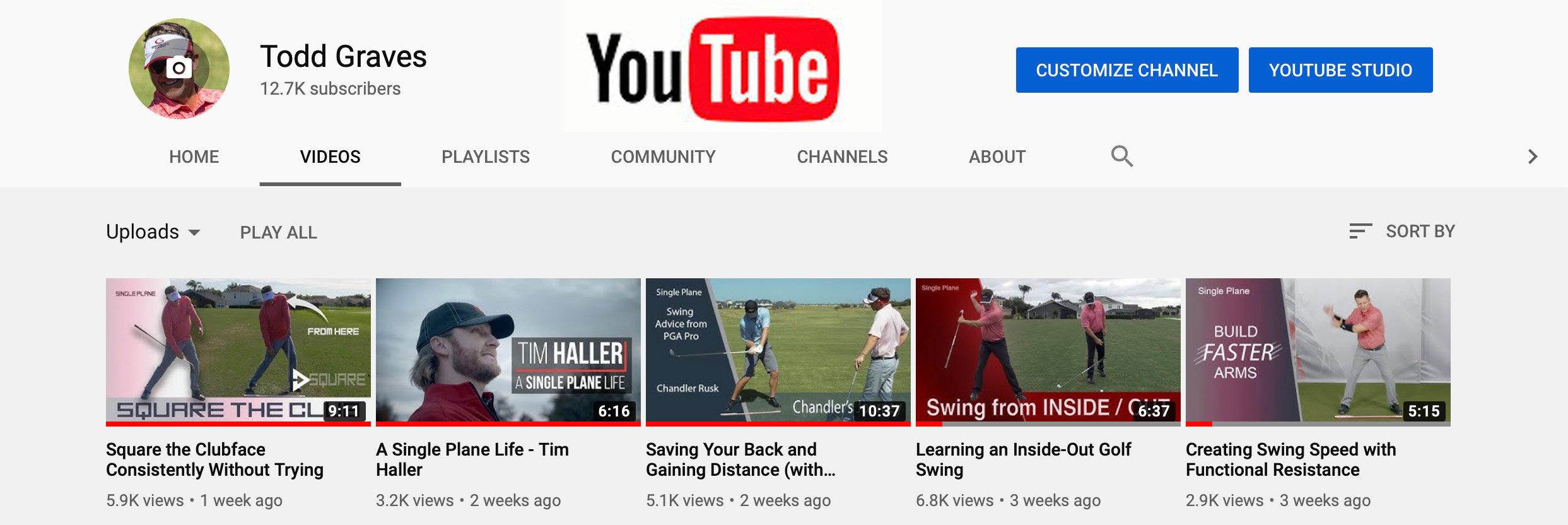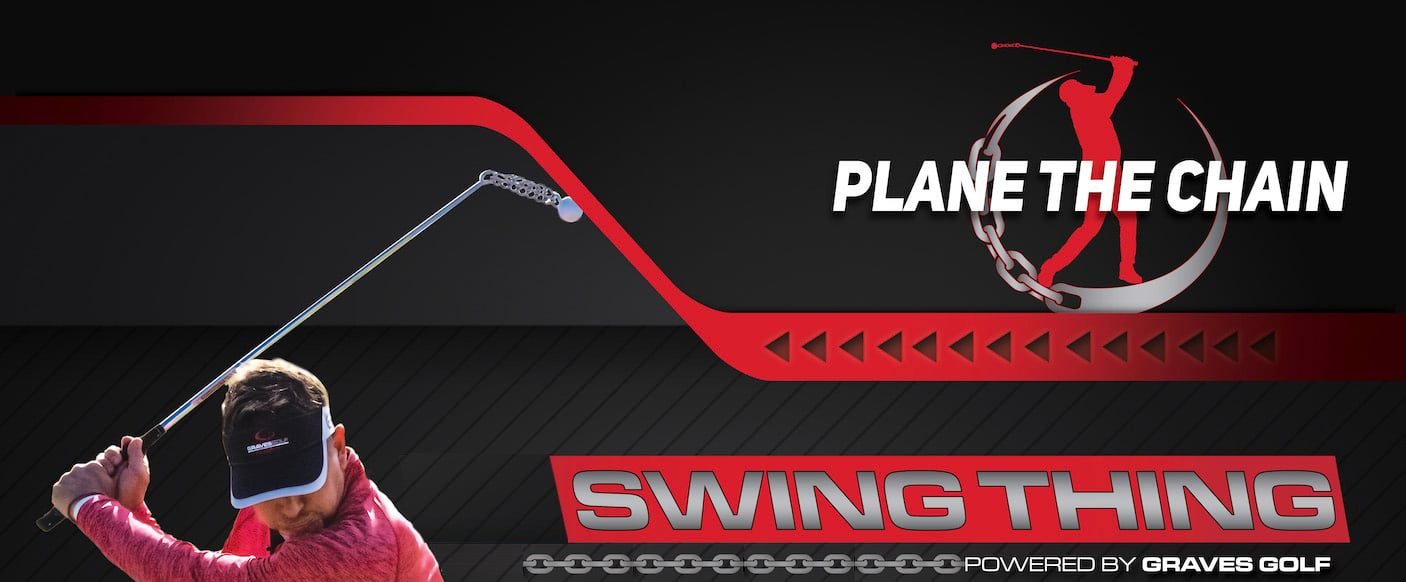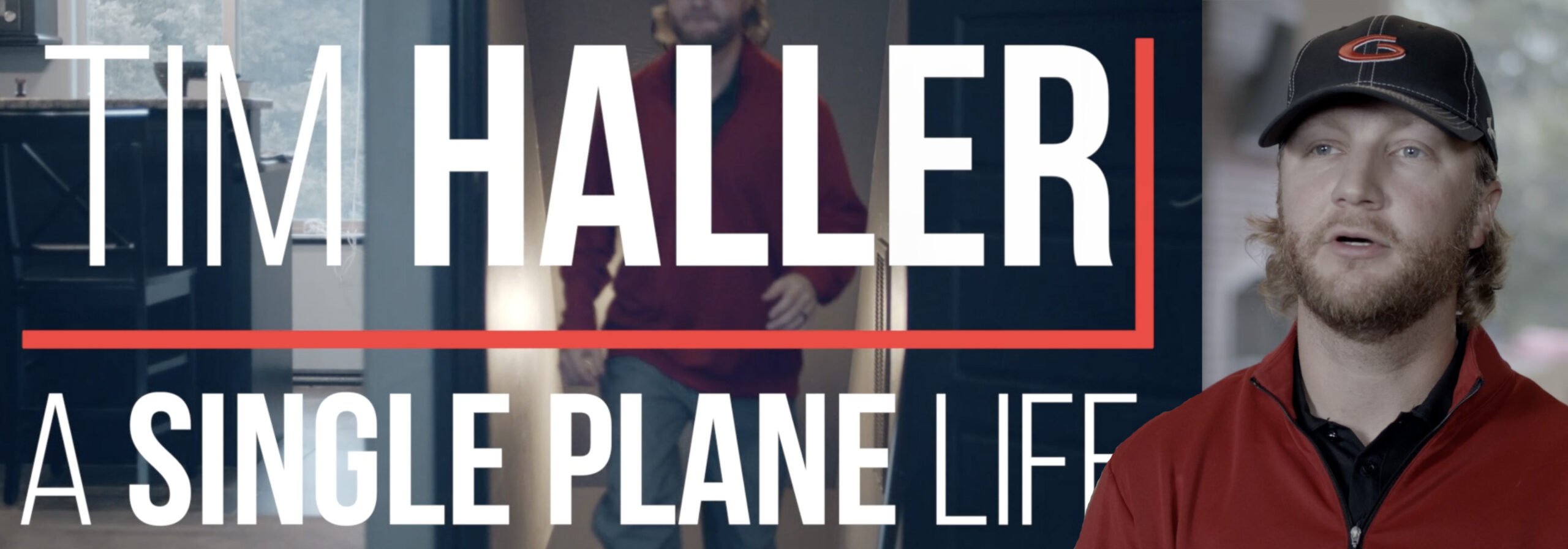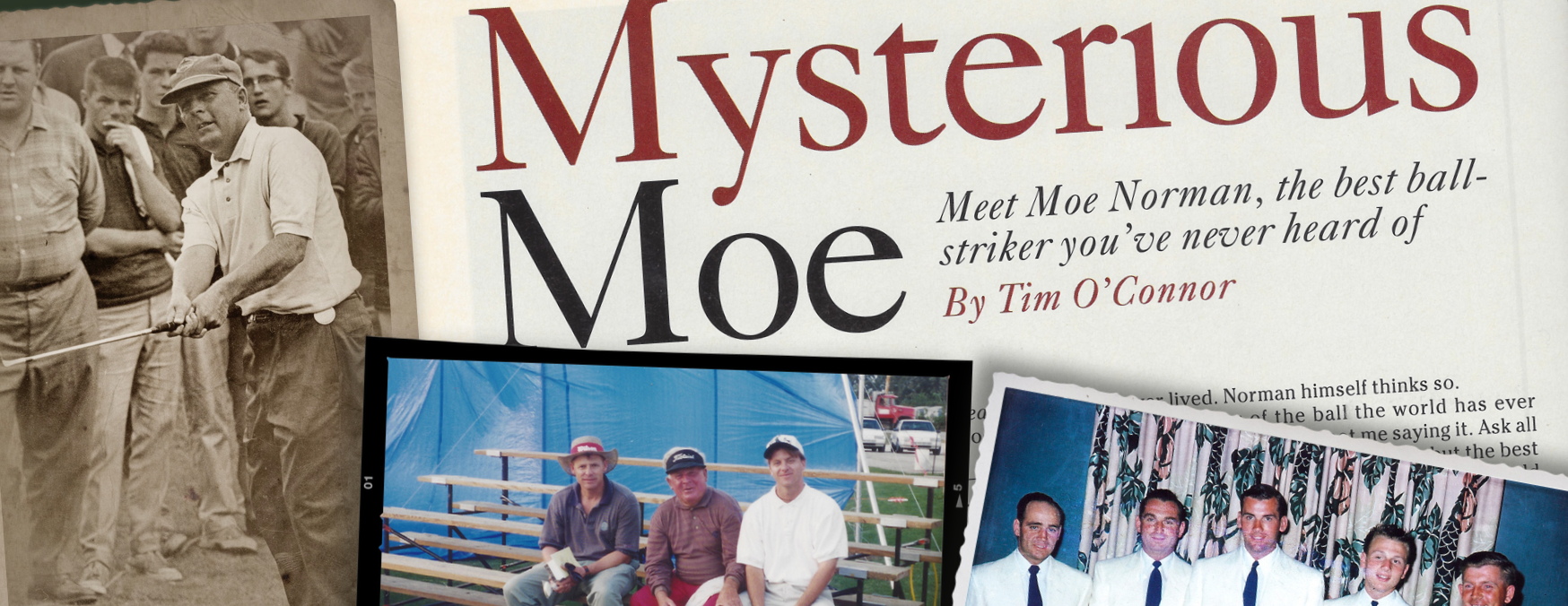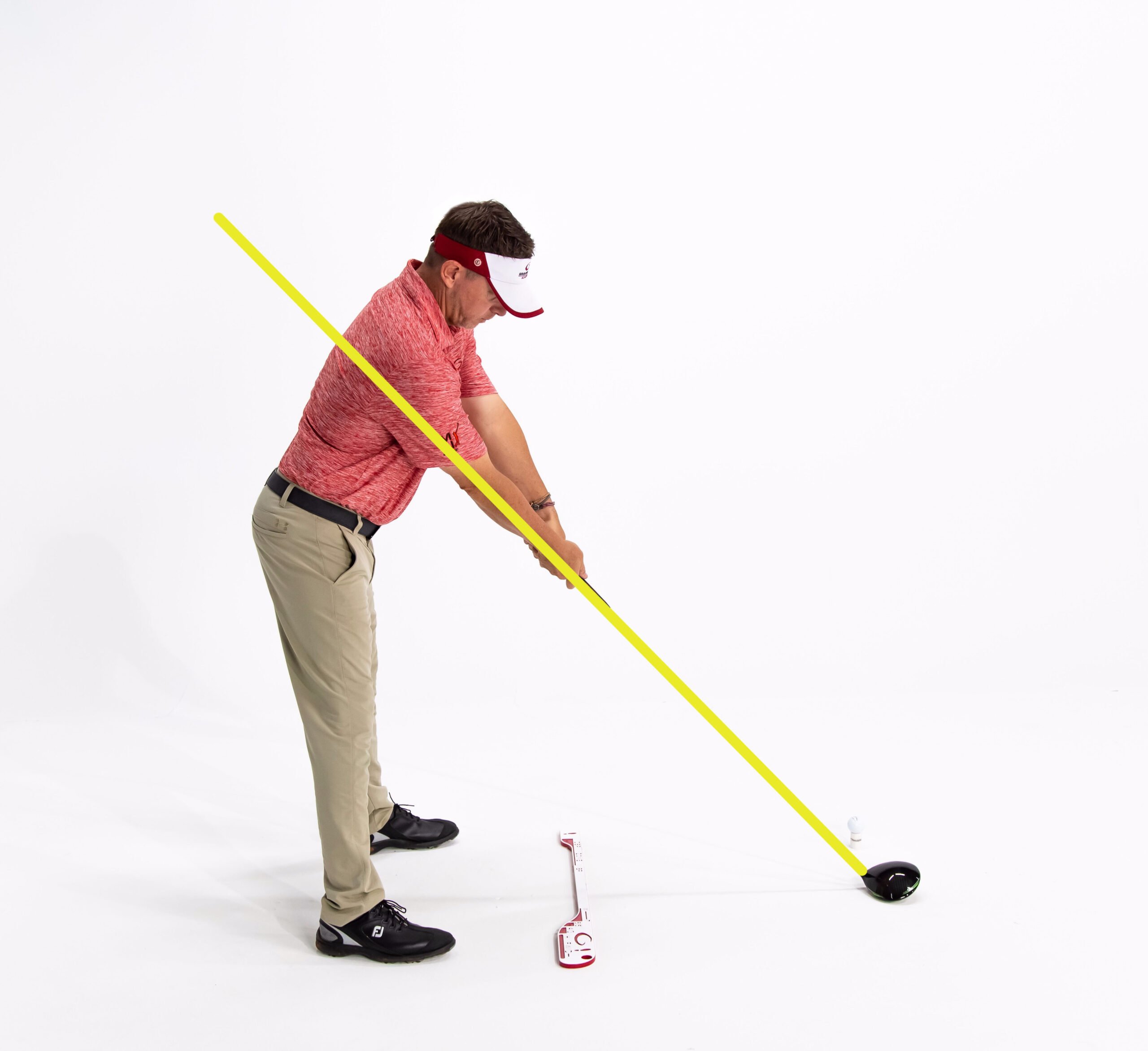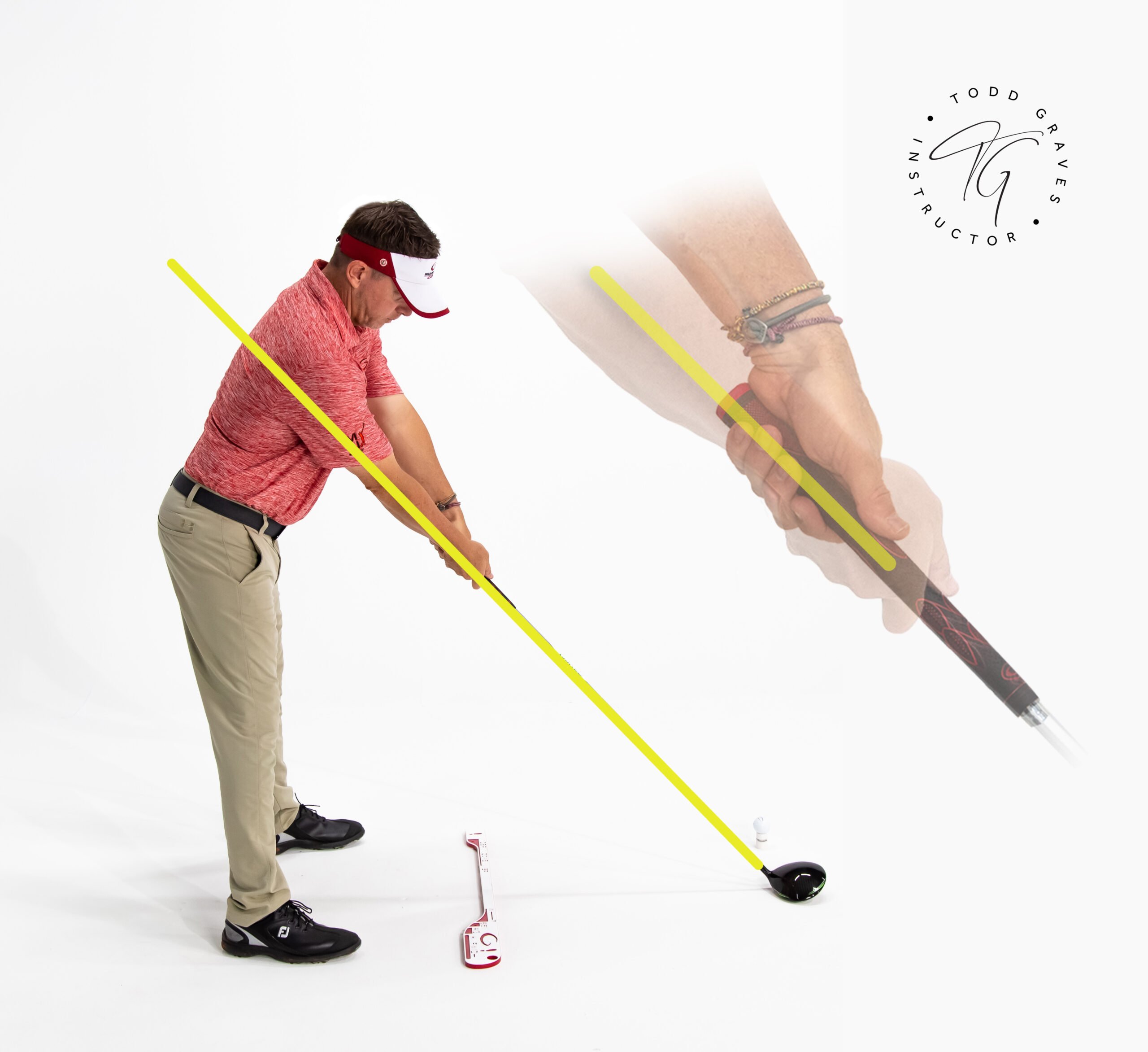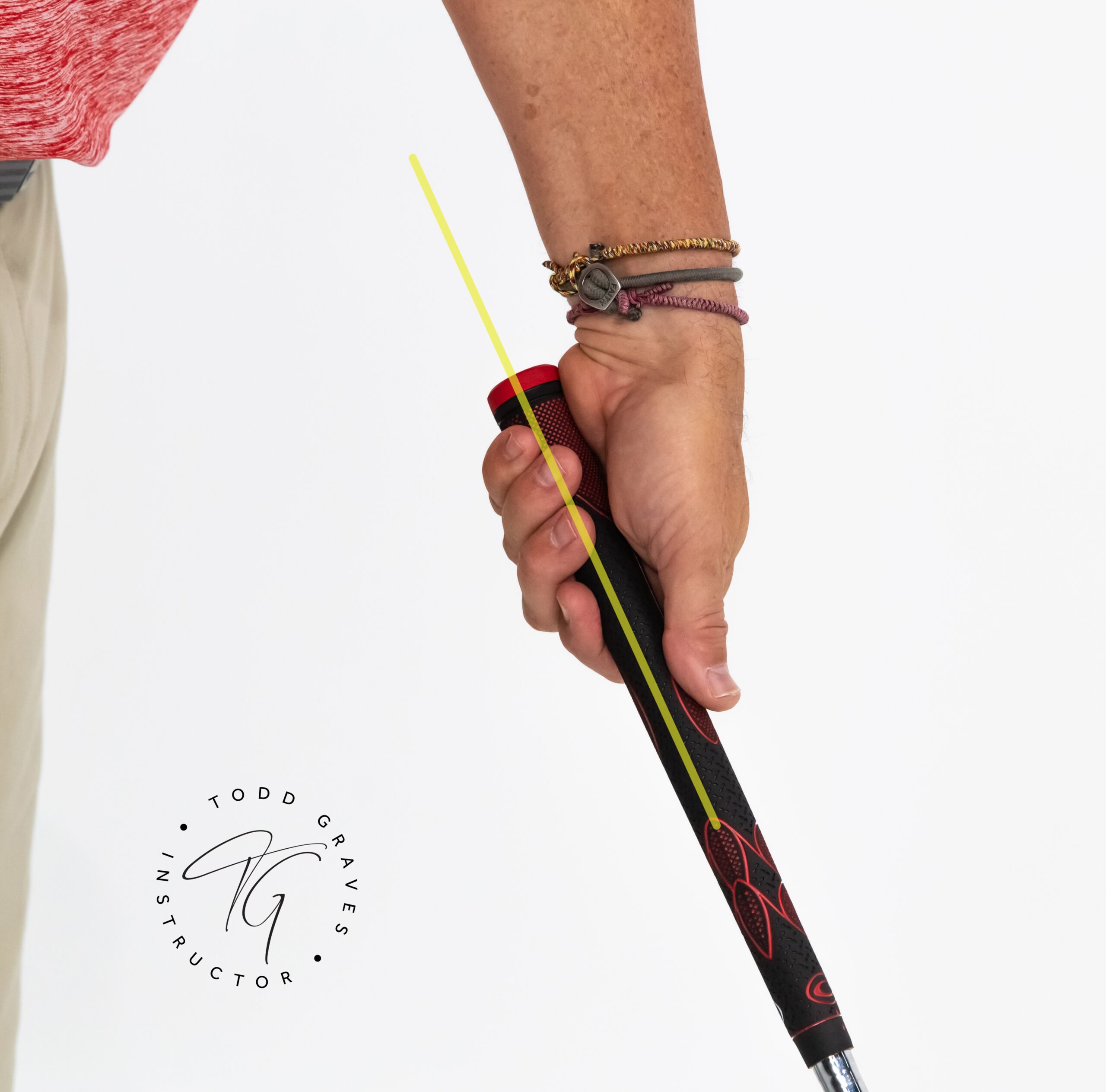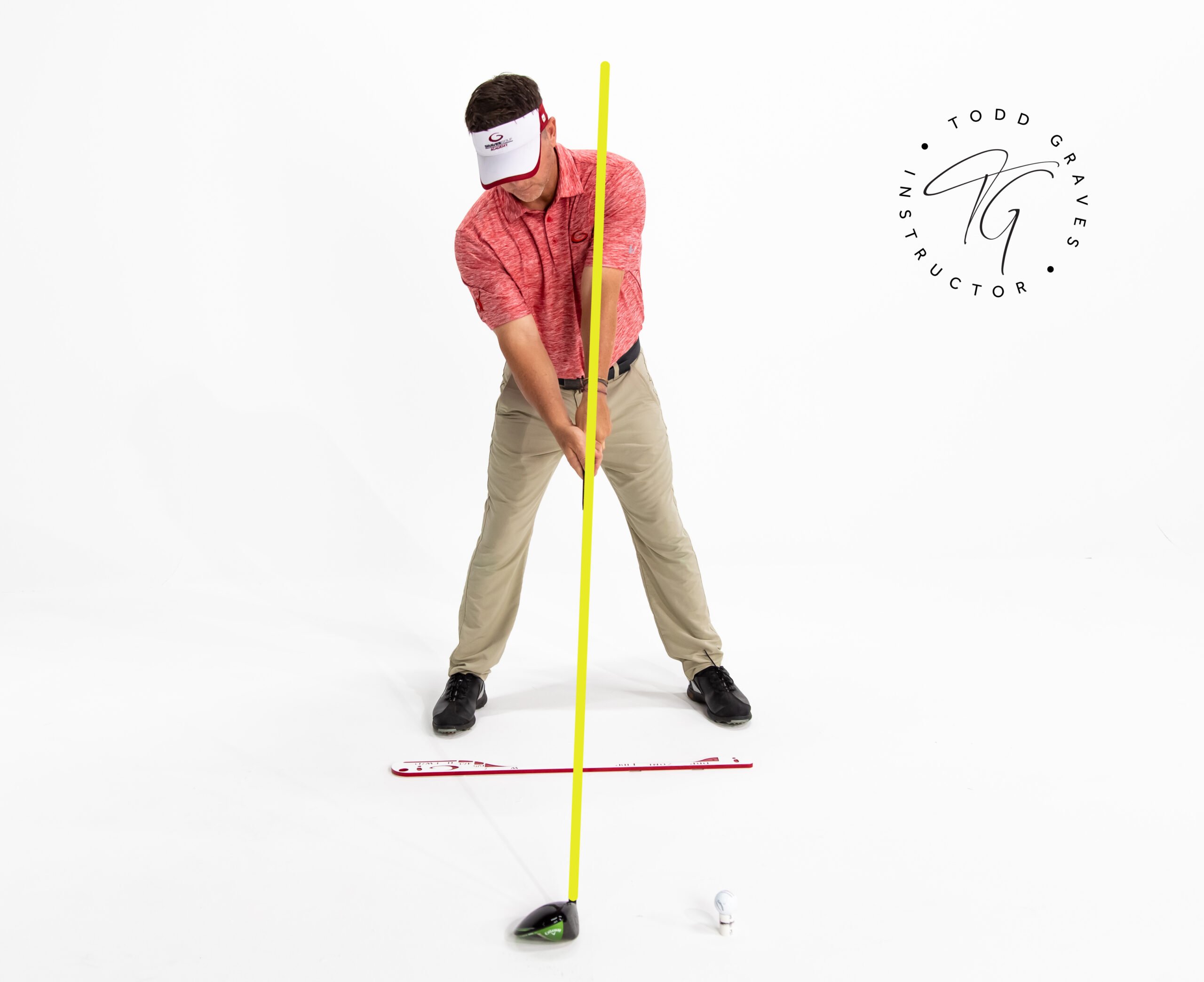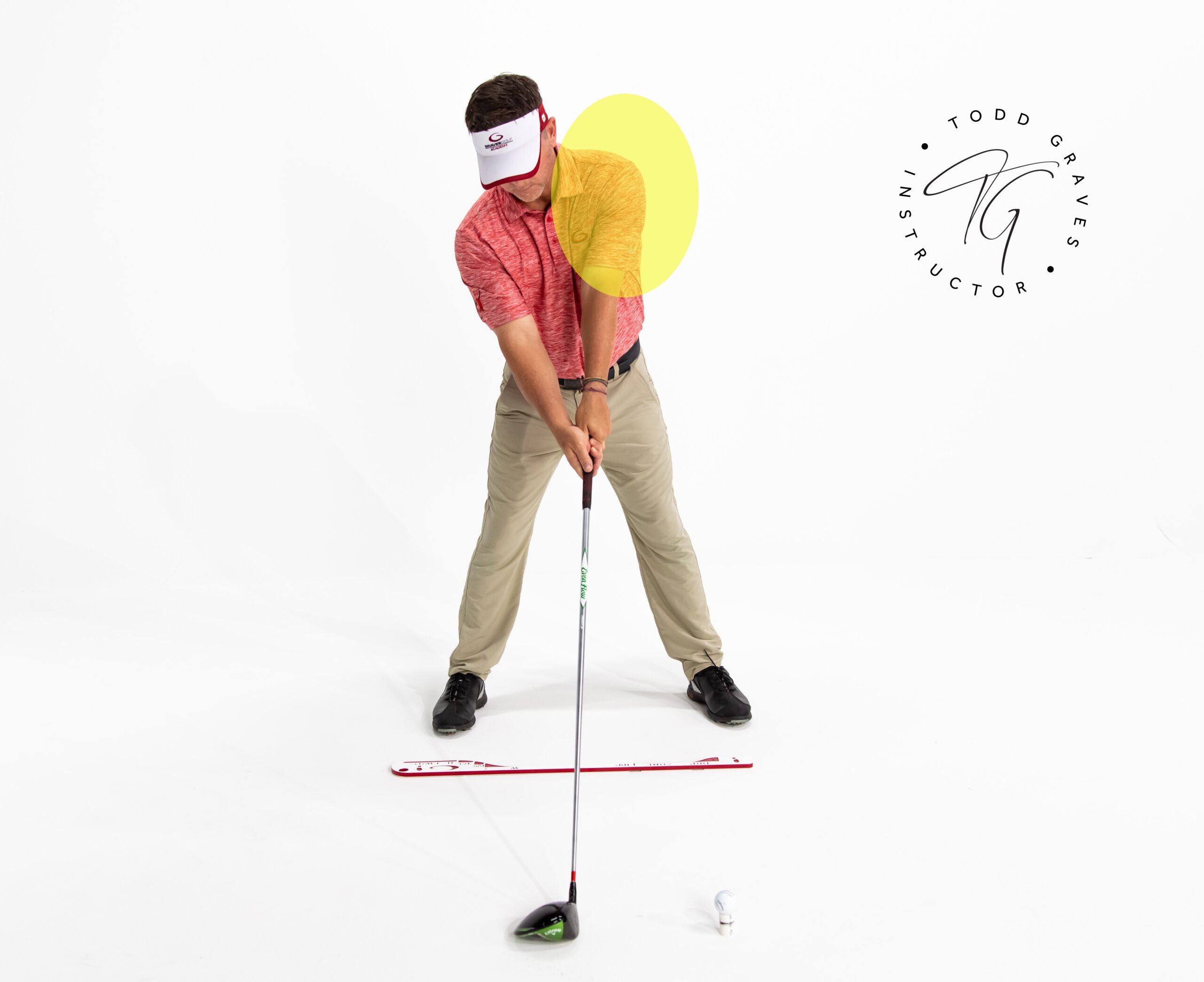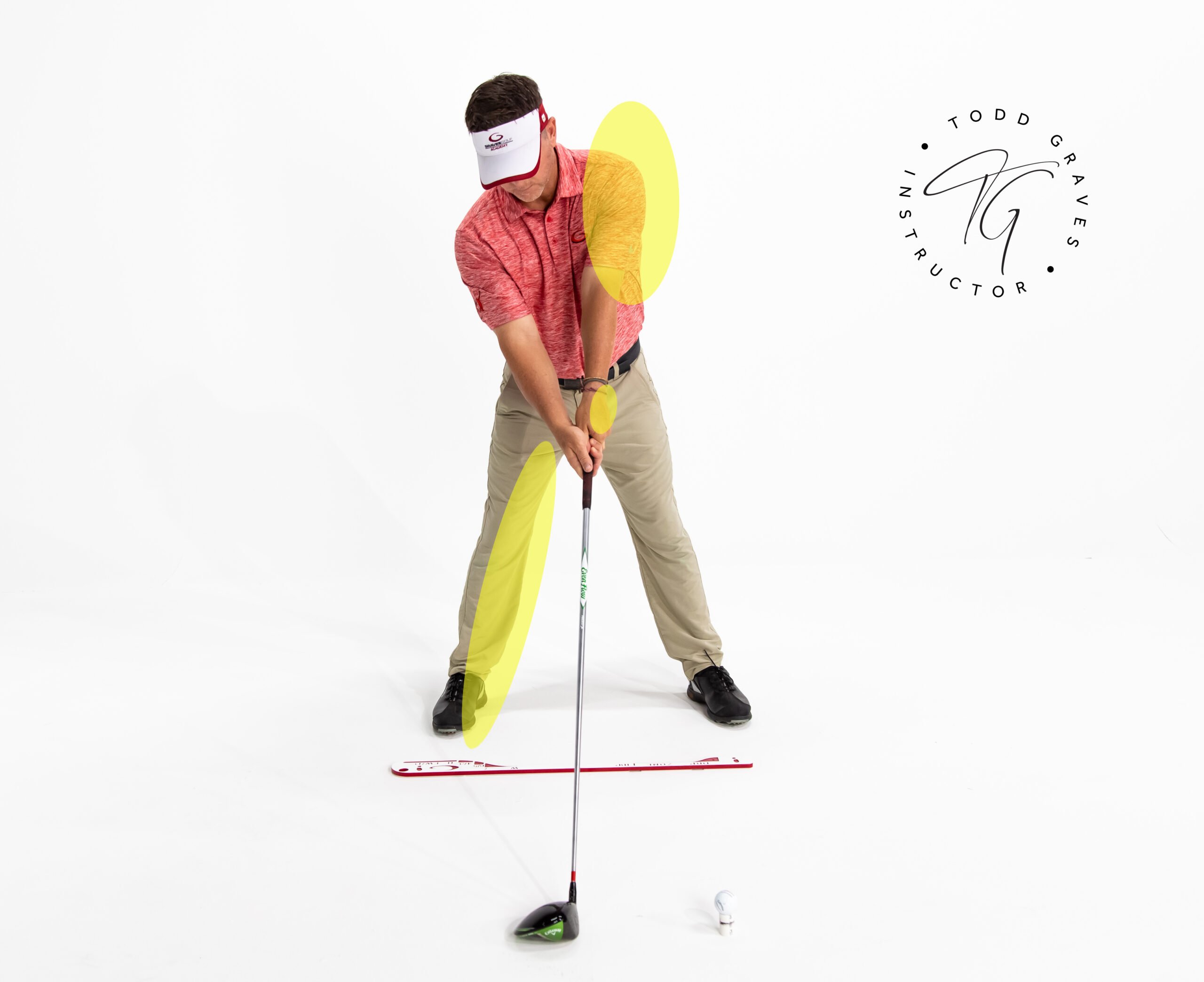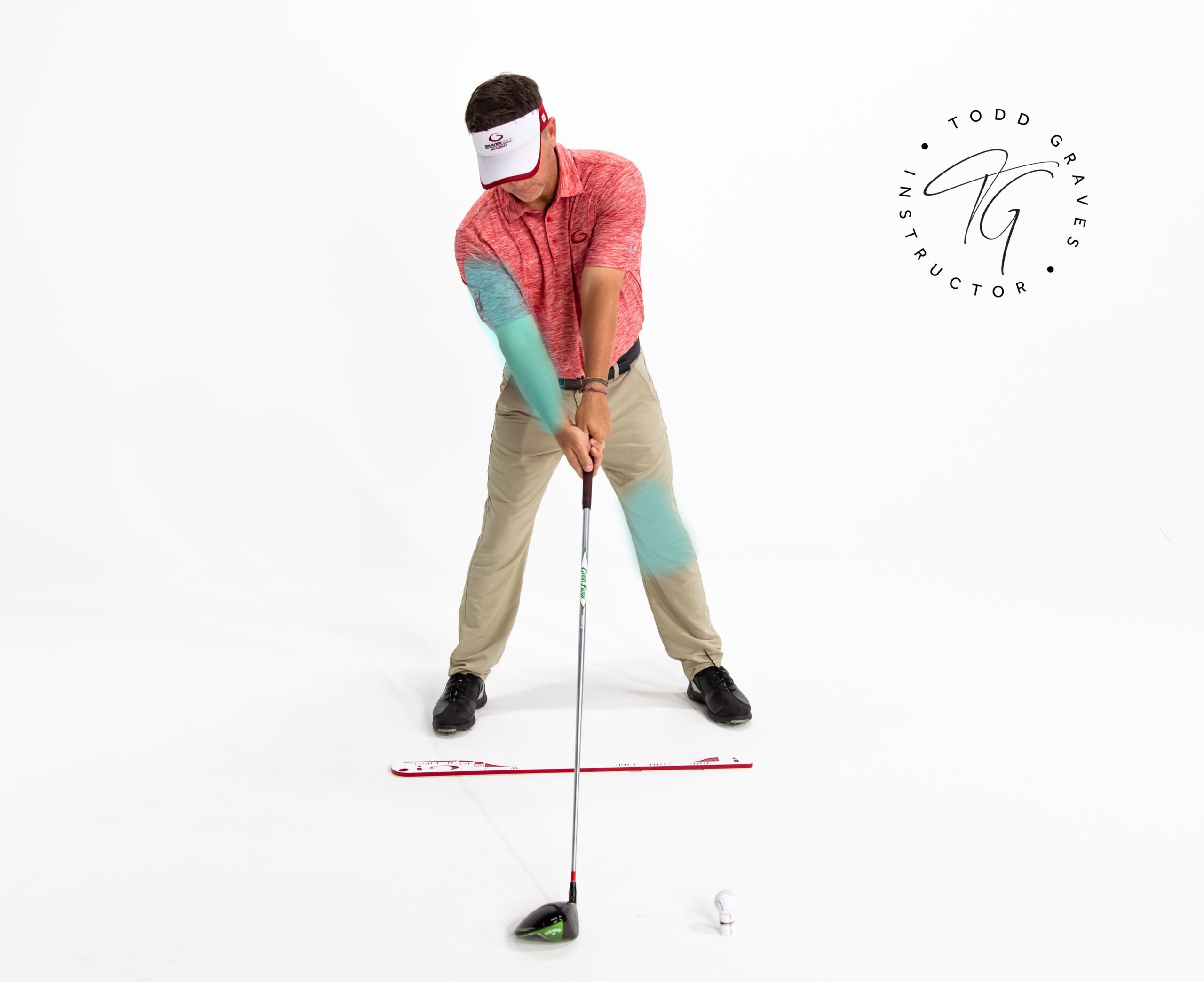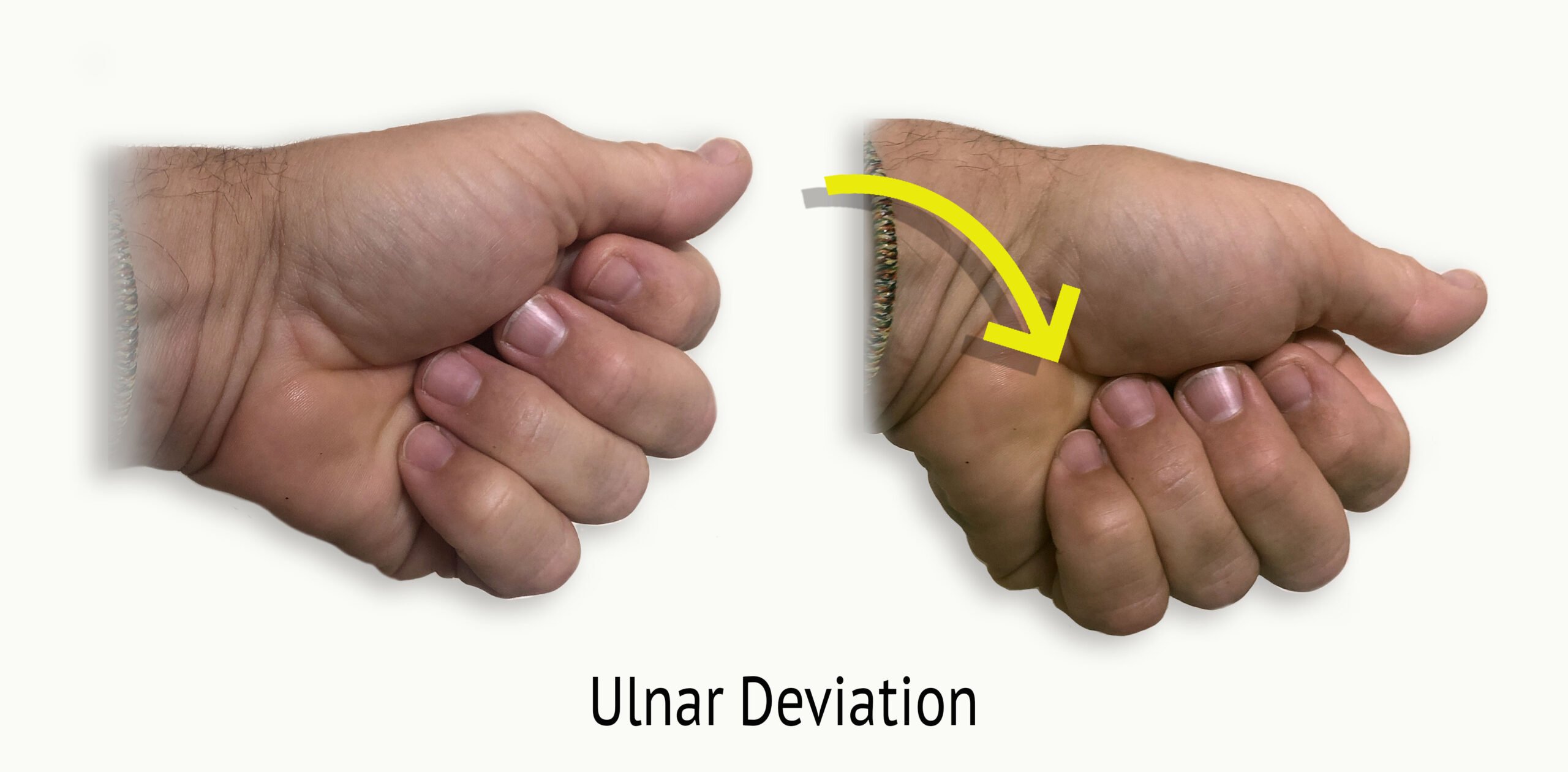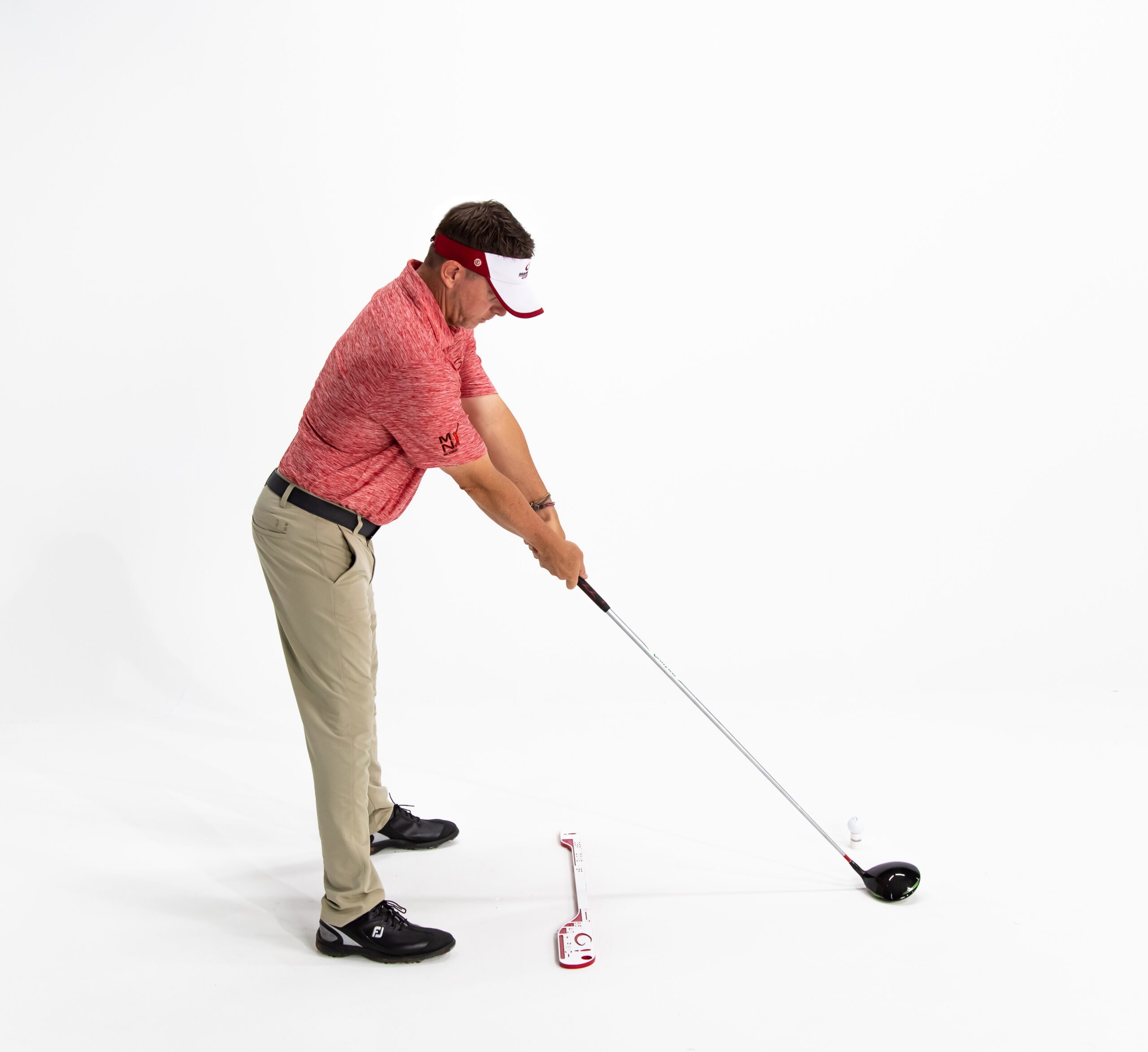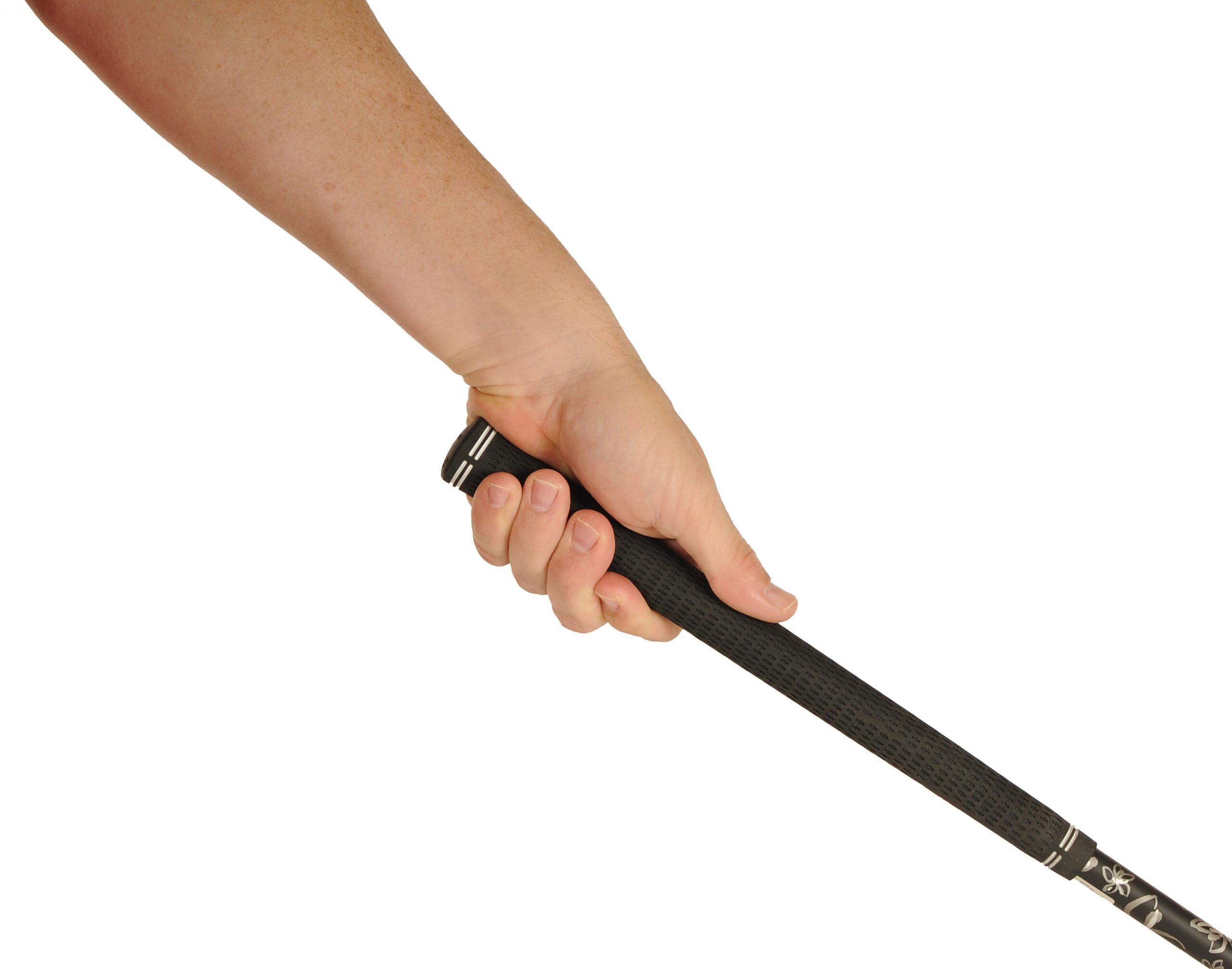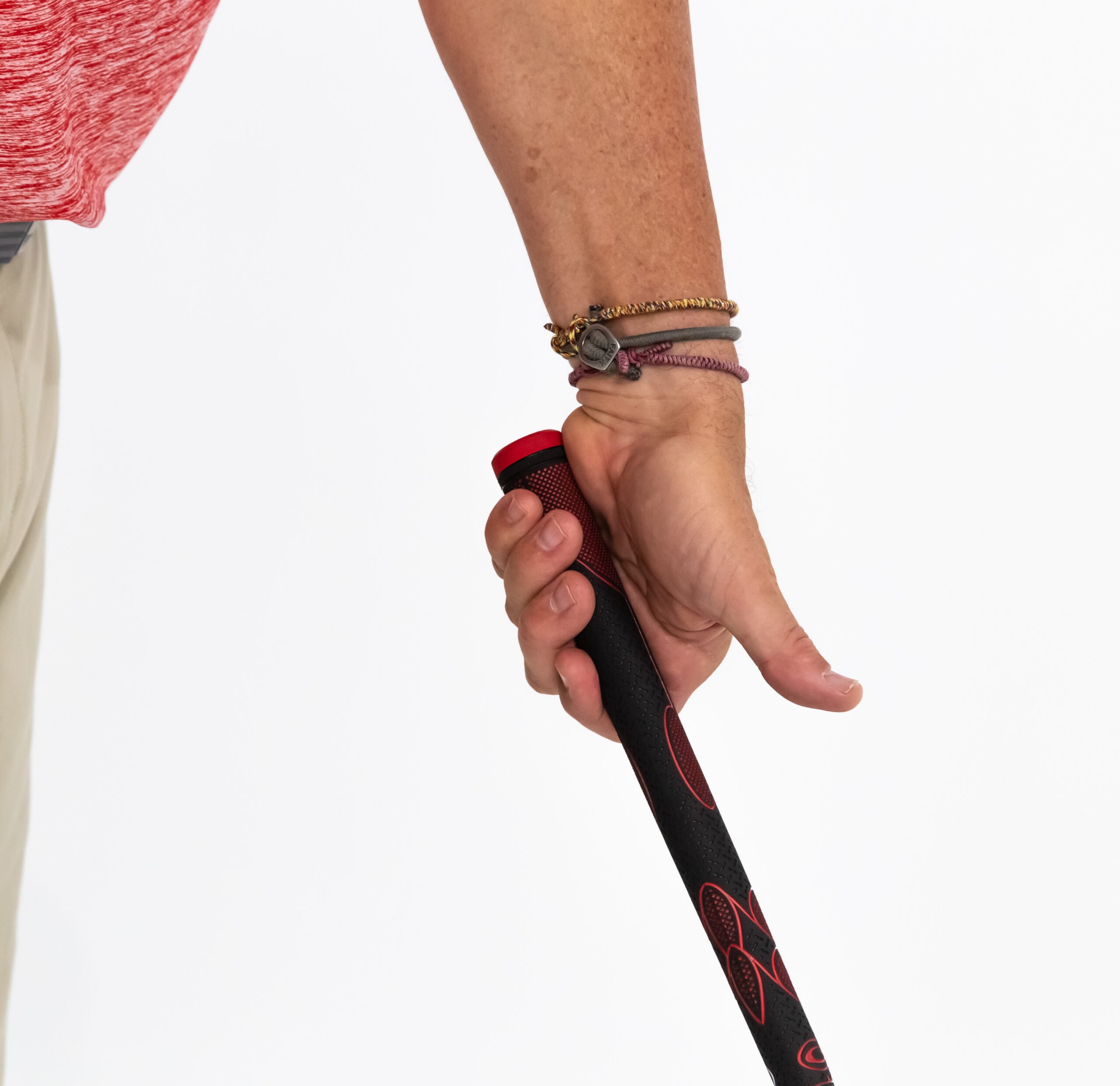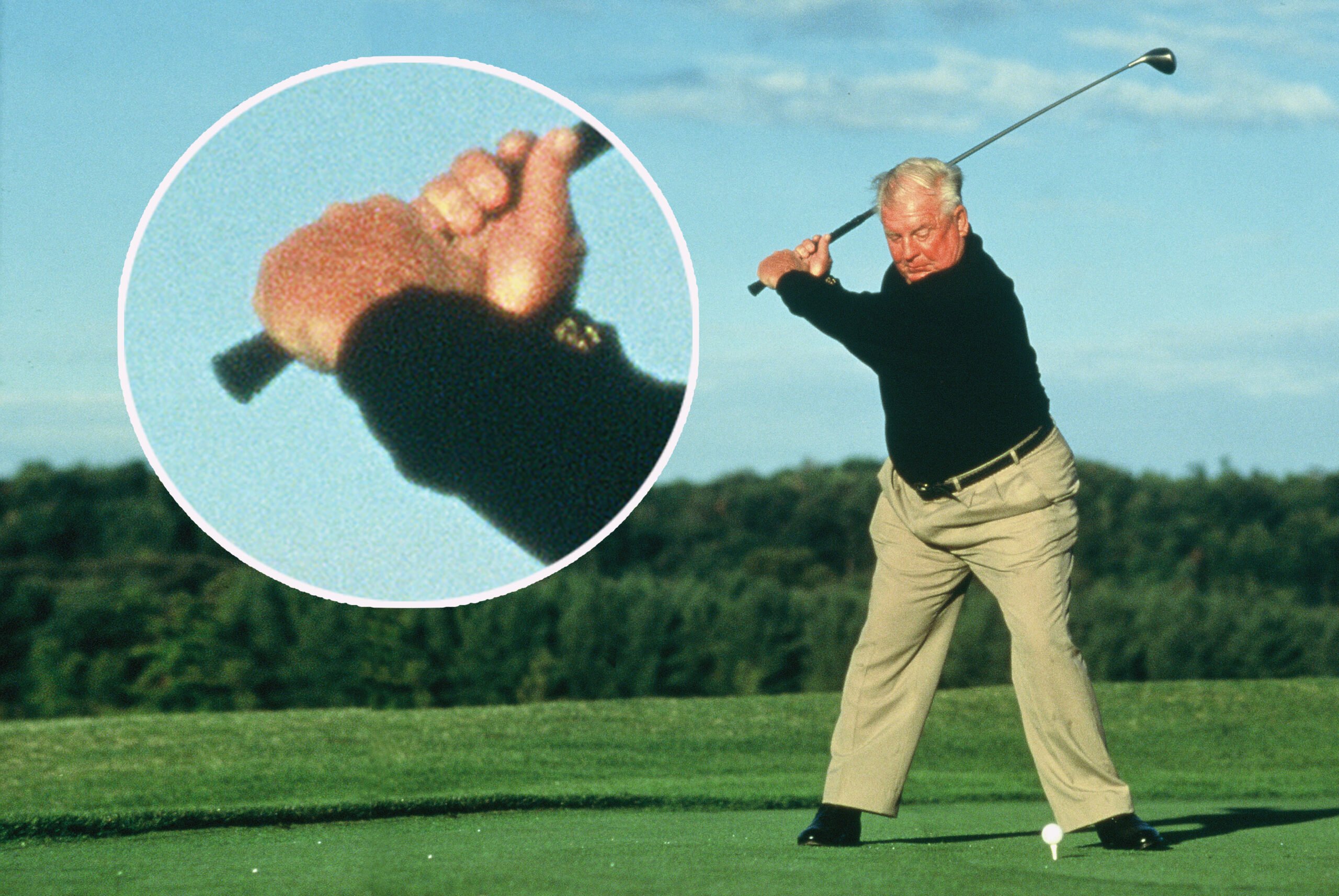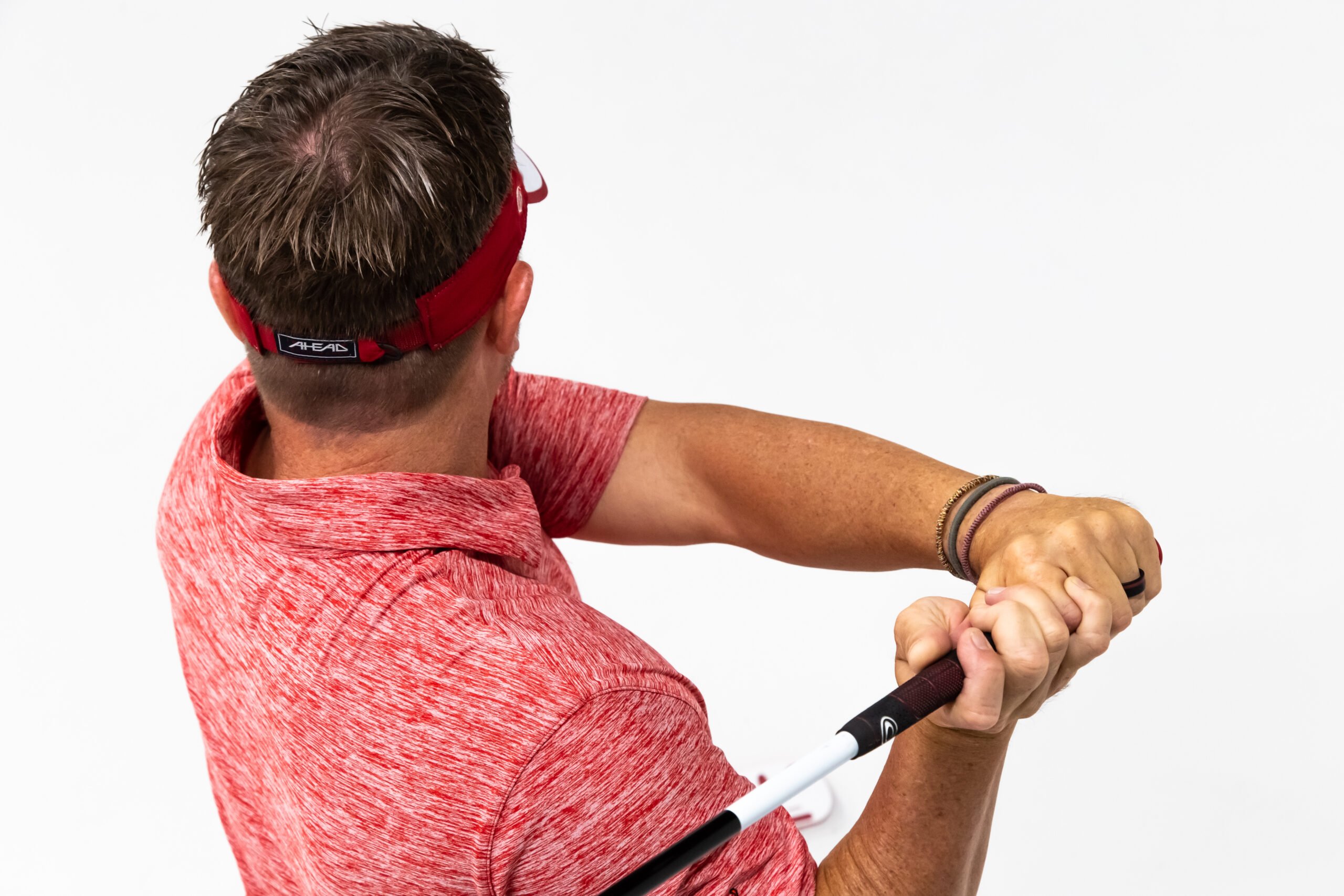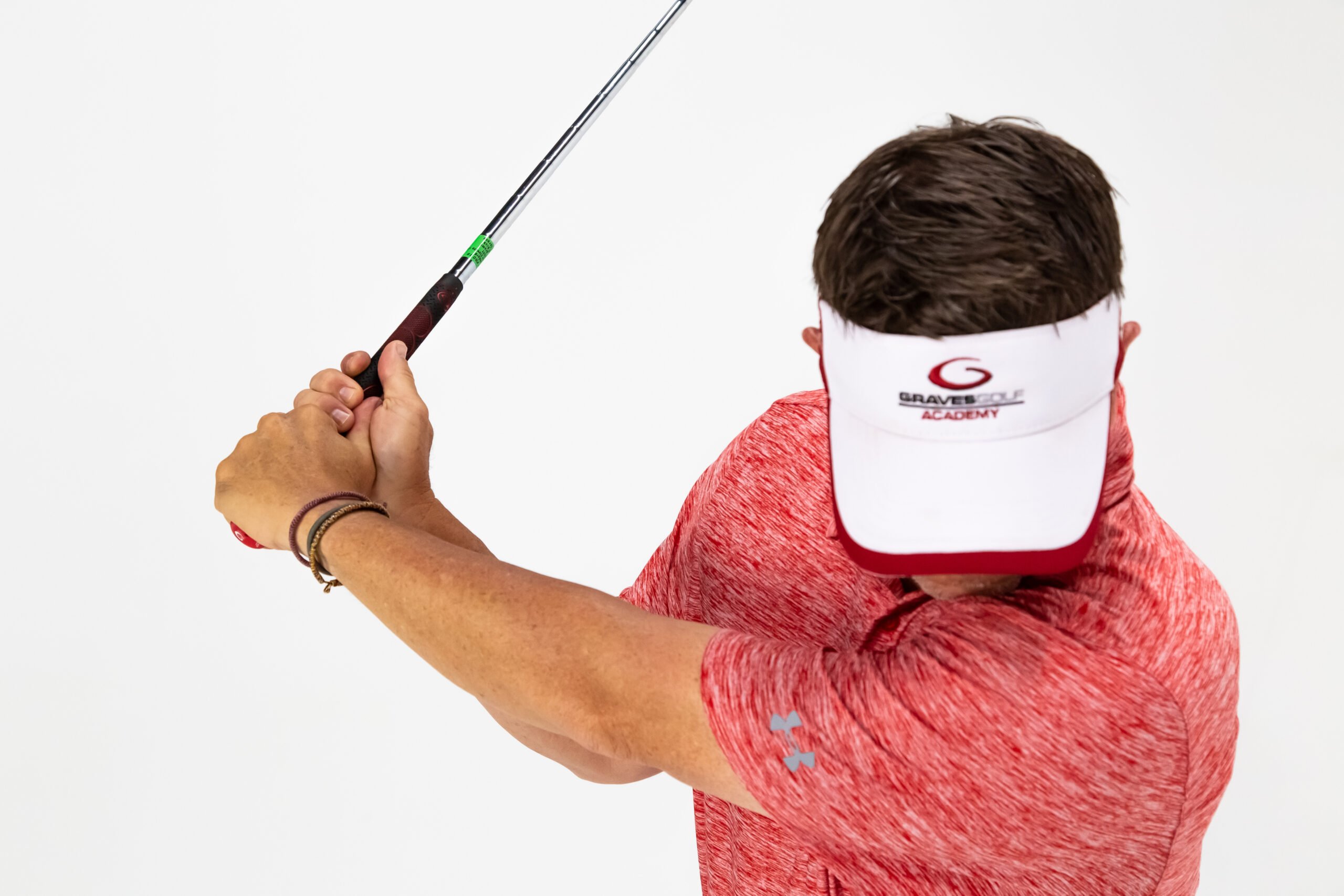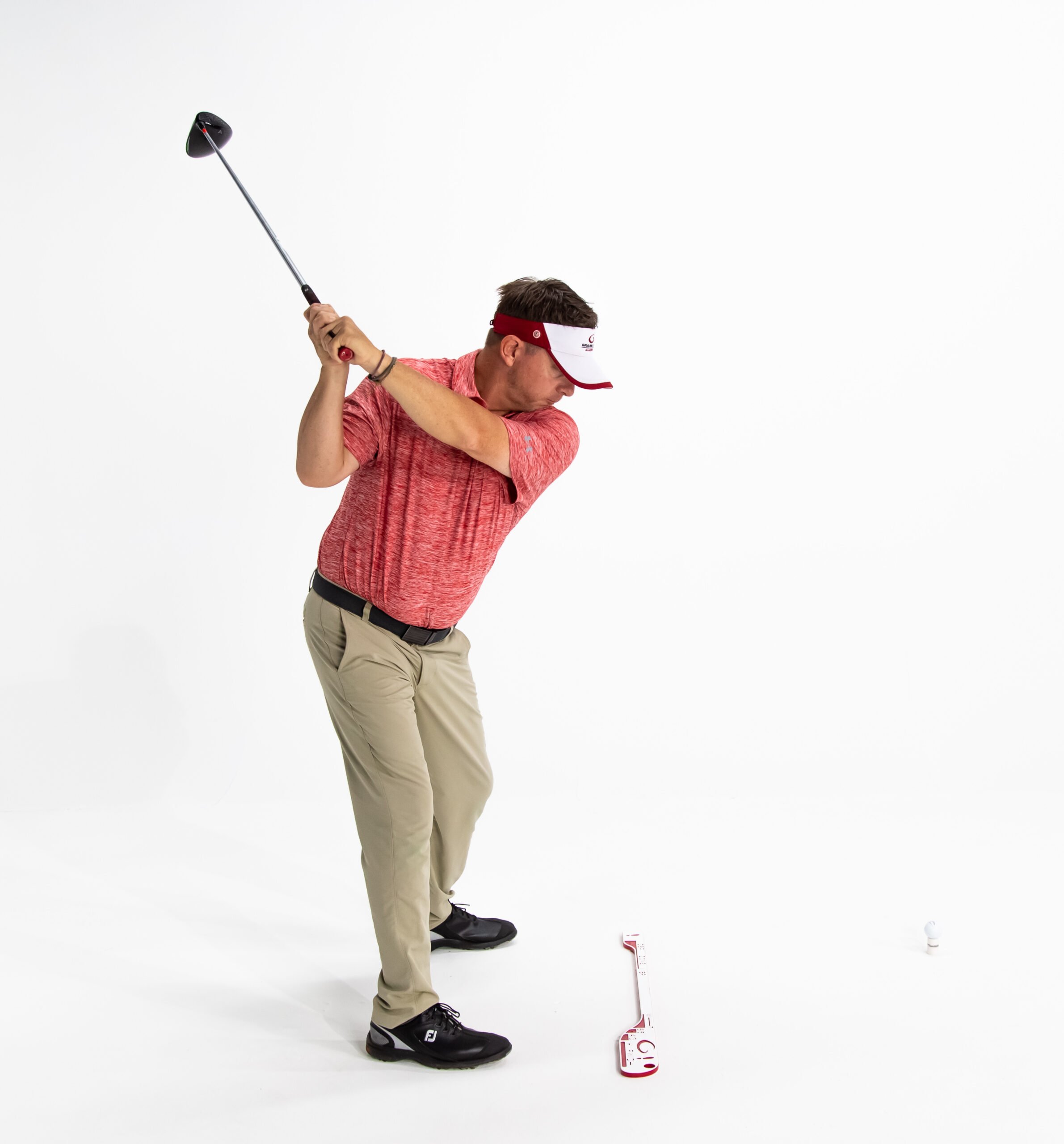The lead hand grip is more than just where you place the club in the hand. How you place the hand is just as important. If the golf swing were a jigsaw puzzle, I would consider the lead hand position my final piece.
When I first learned Moe’s Single Plane swing, was always intrigued by how comfortable he appeared at address. He was neither relaxed nor was he tense. it seemed that he was both. His lead arm was straight and rod-like as it aligned and extended with the club. His trial arm was straight but more underneath and soft.
The tilt of his body created a perfect alignment of the club to his lead shoulder as he lead arm extended. Much of his lead arm alignment was related to his unhinged or ulnar deviation and lead thumb positioned down the grip.
Here is a picture of the Single Plane address where you can see the extension of his lead arm.
And how the hand is positioned when holding the club.
When the wrist is in the proper position, there should be no stress on the top of the wrist due to the extended lead thumb position. The thumb is long but not extended too far down the shaft. There is a gap between the thumb and the knuckle of the index finger where the fingers are tightly wrapped together under the club.When the wrist is in the proper position, there should be no stress on the top of the wrist due to the extended lead thumb position. The thumb is long but not extended too far down the shaft. There is a gap between the thumb and the knuckle of the index finger where the fingers are tightly wrapped together under the club.When the wrist is in the proper position, there should be no stress on the top of the wrist due to the extended lead thumb position. The thumb is long but not extended too far down the shaft. There is a gap between the thumb and the knuckle of the index finger where the fingers are tightly wrapped together under the club.
The extended thumb and wrist position at address translate into the proper hand action at the top of the backswing where the hinge of the hands leverage and support the club.
Another view of the hand position at the top of the backswing shows the pressure in the trail hand as well.

When the hands are positioned correctly they can work together and hinge correctly to the top of the swing. This allows the club face to move correctly where it moves in rotation with the lead arm.
Achieving the ideal lead hand position was the final piece of my Single Plane puzzle. With a little attention to the detail of where you place your lead hand, it might be your final piece too.
You can find out more about the lead hand position and every detail of the Single Plane Golf Swing in my latest DVD product, The Domino Effect – Back to Basics.









